Updated 05/14/2025*
Many trainers only know Pokémon from the games they appear in. In some instances, they are saying the names incorrectly. We can’t blame them. With over 1,000 monsters, there are quite a few with confusing names. To help out, the PixlParade team reviewed the Pokémon anime to find the correct pronunciation for 36 often mispronounced monsters. Read on for our Pokémon pronunciation guide “The Hardest Pokémon Names to Pronounce”:
How to Pronounce Pokémon Names
Pidgeot
The Pokémon Company
Most Pokémon Trainers pronounce Pidgeot “pid-JEE-ot,” following the trend from its first two forms: Pidgey and Pidgeotto. However, some trainers refer to it as “PID-jit.” There are many reasons for the discrepancy, one of which is the Pokérap from the original anime, which used the latter pronunciation. Given that the Pokérap also mispronounces a number of Pokémon, including Venusaur, “pid-JEE-ot” seems to be the general consensus.
Rattata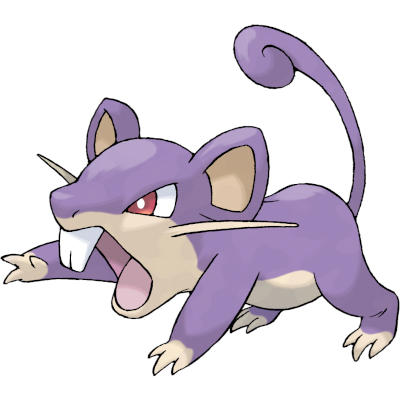
The Pokémon Company
This is perhaps the most infamous and debated Pokémon name pronunciation. In the very first episode of the Pokémon anime, Ash uses his Pokédex on the purple mouse creature, which pronounces its name “RAT-tuh-TAH.” Again, the Pokérap leads to inconsistencies, pronouncing it “ruh-TAT-tuh.” More than 20 years later, in Pokémon Journeys, the character Goh also pronounces it “ruh-TAT-tuh.” At this point, we might as well consider both canon.
Mankey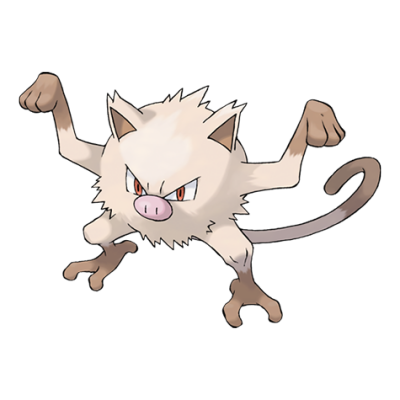
The Pokémon Company
This mispronunciation here is slight and could perhaps even be attributed to certain local dialects. Mankey is commonly referred to as both “MAN-kee” and “MANK-ee.” The anime episode “Primeape Goes Bananas” sticks to the “MAN-kee” pronunciation, so that’s the one we’re going with.
Arcanine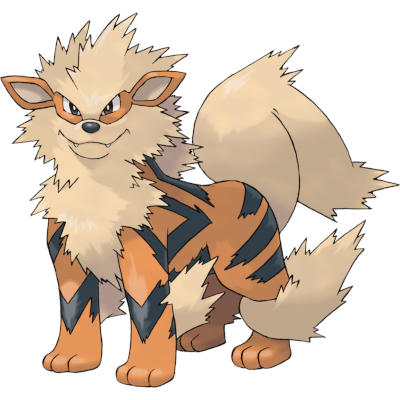
The Pokémon Company
The subject of so many playground debates in 1999. As the name is a combination of “arcane” and “canine,” it seemed logical to pronounce it “ar-CAY-nine.” We had a lot of time to be wrong, too. It took the anime 63 episodes to finally introduce Arcanine with the pronunciation “AR-cuh-NINE.”
Victreebel
The Pokémon Company
Like Rattata, this one may be up for debate. The most well-known Victreebel in the anime belonged to James from Team Rocket. James’s own pronunciation of Victreebel changed constantly between “VIC-tree-BELL” and “VIC-tor-ee-BELL.” Considering the name is a combination of “victory,” “tree,” and “bell,” one could see it working either way. However, there is no “o” in the name, so most likely, the “VIC-tree-BELL” pronunciation is canonically correct.
Farfetch’d
The Pokémon Company
The apostrophe in Farfetch’d confused a lot of children, leading some to pronounce its name “FAR-fetch-DEE.” Farfetch’d didn’t make an appearance in the anime until the end of the first season on the episode “So Near, Yet So Farfetch’d” where it said its name with the intended pronunciation: “FAR-fetched.”
Gyarados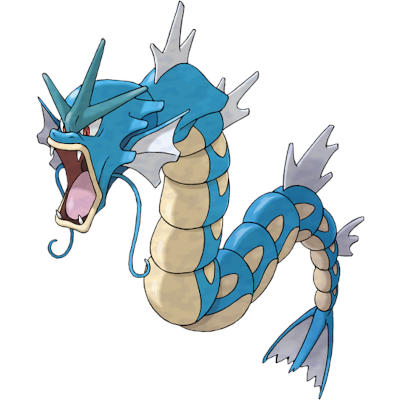
The Pokémon Company
Gen Wunners will never forget the episode “Pokémon Shipwreck” when James from Team Rocket kicked his Magikarp into the ocean, only for it to immediately evolve into Gyarados. Those who came to the series later may not have been acquainted with the water/flying type, so they may be trying to pronounce that pesky “y” in the name. However, Gyarados is, in fact, pronounced “GARE-uh-dose.”
Lapras
The Pokémon Company
With Lapras, I always stress both syllables: “LAP-RASS.” However, its repeated appearance throughout the Orange Islands saga of the anime suggests only the first syllable is stressed, meaning the name is pronounced more along the lines of “LAP-riss.”
Chinchou / Raikou
Despite the fact these two Pokémon are unrelated from an evolutionary standpoint, we’re grouping them together because the mispronunciations are based on the same combination of letters. Considering that Raikou is pronounced “RY-ko,” that should mean Chinchou is pronounced “CHIN-cho,” but it’s not! The anime episode “Takin’ it on the Chinchou” shows its name is actually pronounced “CHIN-chow.”
Sudowoodo
The Pokémon Company
Sudowoodo resembles a tree, but it’s actually a Rock-type Pokémon. Perhaps the only thing more difficult to understand than that is how to pronounce its name. As it is a tree, many would think the “wood” part of its name should be pronounced as such. However, in the anime episode “Leave it to Brocko!” it is revealed the Pokémon’s name is, in fact, “SOO-doh-WOO-doh.”
Wobbuffet
The Pokémon Company
The word “buffet” (pronounced “buff-ay”) is right in its name. However, when this Pokémon was introduced in the anime episode “Tricks of the Trade,” the T was about as silent as Team Rocket’s obnoxious Meowth. The correct pronunciation is “WOB-buf-fet.”
Houndour
The Pokémon Company
“Our” and “pour” differ by one letter. The word “our” has a particular pronunciation, but as soon as you add a P to the front of it, the O and the U decide to start working together in a different way. For this reason, many trainers pronounce Houndour as “HOUN-DORE.” When the monster was introduced to the anime in the episode “Hour by Houndour,” the title alone gave away the official pronunciation: “hown-DOWR.”
Lugia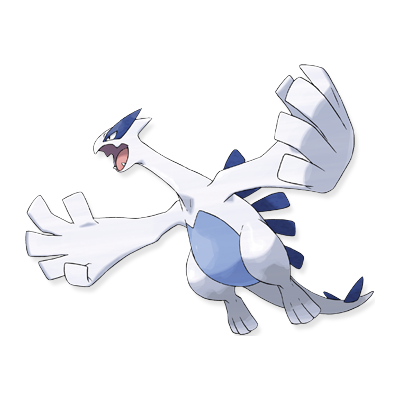
The Pokémon Company
Perhaps Nintendo programmed our tongues using Mario’s lankier brother, but unlike Luigi, the Pokémon Lugia uses a hard G in its name. The correct pronunciation, as evidenced in the film Pokémon 2000, is “LOOG-ee-uh” and not “loo-JEE-uh.”
Illumise
The Pokémon Company
Upon seeing its name for the first time, many trainers would believe this female-only firefly Pokémon from Generation III is pronounced “ILL-oo-MIZE.” However, the name Illumise is actually retained from its original Japanese name. Therefore, according to the Pokémon Advanced episode “Love at First Flight,” the Pokémon’s name also retains its Japanese pronunciation “ILL-oo-MEE-say.”
Numel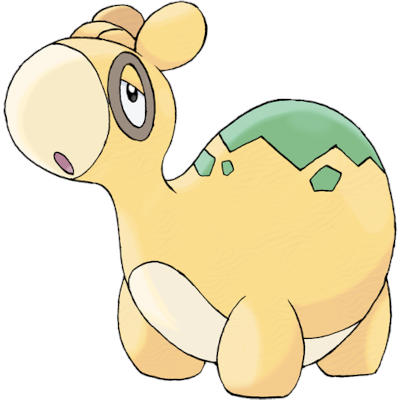
The Pokémon Company
The root of Numel is “numb” because it takes a lot for the Pokémon to notice when it’s being attacked. Therefore, Numel is pronounced “NUM-mle” and not “NOO-mle,” as confirmed in the Pokémon Advanced episode “A Game Winning Assist.”
Regice
With only one “i” in its name, Regice is not pronounced “REDGE-ICE.” In the eighth Pokémon movie, Lucario & The Mystery of Mew, it is revealed Regice follows the same convention as its counterparts Regirock and Registeel. Its name is pronounced “RED-jee-ICE.”
Grotle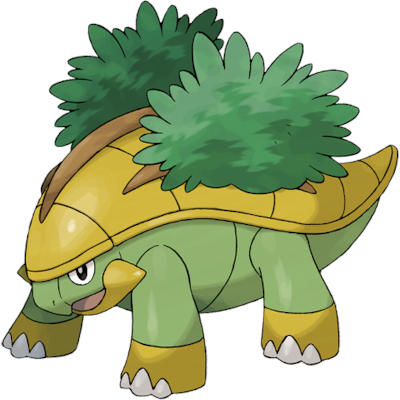
The Pokémon Company
The name Grotle is derived from the words “grove” and “turtle.” For this reason, you might think it should be pronounced “GROW-tull,” but when Ash’s Turtwig evolved in the Pokémon Diamond and Pearl episode “Aiding the Enemy,” we learned it is pronounced “GROT-tull,” rhyming with “throttle.”
Roserade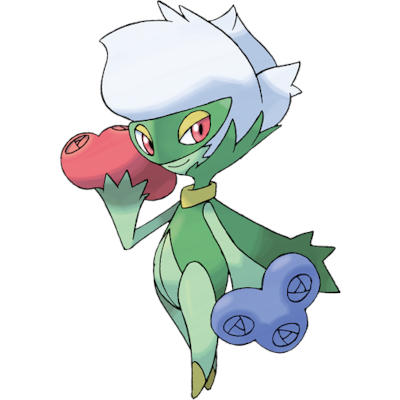
The Pokémon Company
In Generation III, Roselia was a single-stage Pokémon. However, Generation IV received both a pre-evolution (Budew) and an evolution (Roserade). Since Roselia is pronounced “ro-ZELL-ee-uh,” one might assume the syllables in Roserade are similarly emphasized (“RO-zer-ade”). However, when Roserade debuted in the Pokémon Diamond and Pearl episode “Oh Do You Know the Poffin Plan,” it was revealed to only be two syllables: “ROZE-raid.”
Wormadam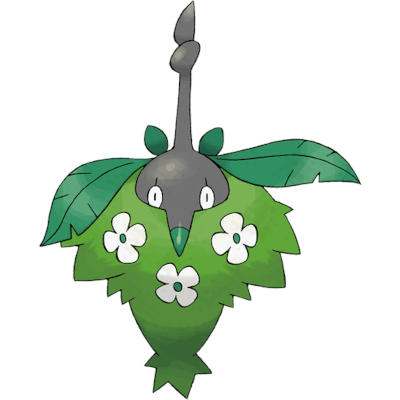
The Pokémon Company
Burmy is a Pokémon with a split evolutionary path. The males turn into Mothim — a combination of “moth” and “him” — while the females turn into Wormadam — a combination of “worm” and “madam.” Therefore, I was certain the name would be pronounced “worm-MAD-um.” However, when the Pokémon debuted in the Diamond and Pearl episode “Some Enchanted Sweetening,” it was instead pronounced “WORM-uh-DAM.”
Bonsly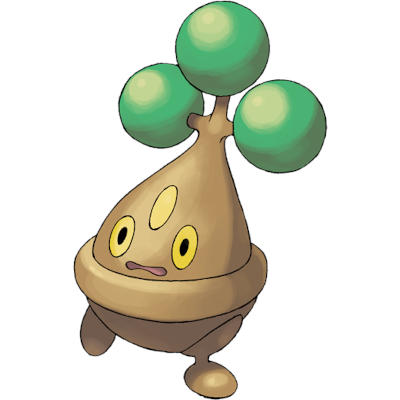
The Pokémon Company
Roselia was not the only Pokémon to receive a pre-evolution in Generation IV; Sudowoodo also received one. In the episode “From Cradle to Save” in the Battle Frontier saga of the anime, Brock catches this needy baby Pokémon, which is pronounced “BON-sly,” not “BON-slee.”
Gliscor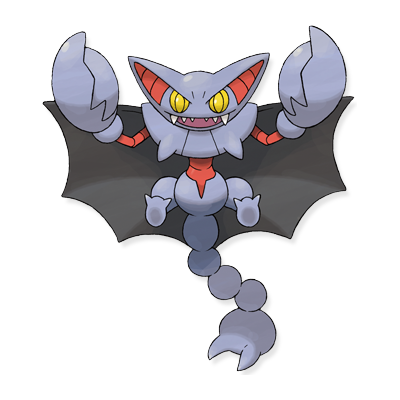
The Pokémon Company
There are a number of ways Gliscor can be pronounced, including “GLISS-kor” and “GLIZ-kor.” However, considering Gliscor is a portmanteau of the words “glide” and “scorpion,” it should actually be pronounced “GLY-skor.” This pronunciation was confirmed in the Pokémon Diamond & Pearl episode “Fighting Fear with Fear” when Ash’s Gligar evolves into one.
Arceus
The Pokémon Company
Arceus is essentially the God of the Pokémon Universe. Therefore, many trainers believed its name should rhyme with Zeus, the leader of the Greek Gods. However, in the twelfth Pokémon movie, Arceus & The Jewel of Life, it was revealed that its name is pronounced “AR-key-us” rather than “ar-SOOS” or “AR-see-us.”
Alomomola
The Pokémon Company
This Pokémon looks like a Luvdisc with rubber gloves stapled to it, and its name is like onomatopoeia for the sound you make when you’re vomiting. It’s not “uh-LOW-mu-MOH-luh,” it’s “AL-low-MOM-oh-lah.”
Mienfoo / Mienshao
The Pokémon Company
The rule is “I before E except after C.” This has brought us words like “spied” and “fries.” Thus, you would think Mienfoo and its evolved form, Mienshao, would be pronounced “mine-FOO” and “mine-SHAO,” respectively. However, when the former was introduced on the Pokémon Best Wishes episode “The Beartic Mountain Feud,” we learned the fighting type pair’s names are actually pronounced “mee-yen-FOO” and “mee-yen-SHAO.” Speaking of Beartic…
Beartic
The Pokémon Company
This Pokémon’s name is a portmanteau of “bear” and “arctic.” When Pokémon Black & White first came out, many trainers were unsure if its name should be pronounced “BE-ar-tick” or “BARE-tick.” It appeared several times throughout the anime, each time being referred to as the latter: “BARE-tick.”
Quilladin
The Pokémon Company
Maybe it’s just wishful thinking to imagine Game Freak throwing a nod to Disney, but Quilladin’s name does not rhyme with Aladdin. It is pronounced “QUILL-a-DIN,” as can be heard in the anime episode “Love Strikes! Eevee, Yikes!”
Aromatisse
The Pokémon Company
Generation VI of Pokémon takes place in the Kalos Region, which draws much inspiration from France. Many Pokémon and their names are inspired by the French language, with Aromatisse being a prime example. While many may think to pronounce it “Ar-OH-ma-TIZE” or “AR-oh-MAT-i-ZAY,” the episode “Battling with Elegance and a Big Smile” uses the pronunciation “Ar-OH-mit-TEESE.”
Tsareena
The Pokémon Company
Anyone unfamiliar with “tsar,” the Russian term for monarch, may get tripped up by the name of the Pokémon Tsareena. The “ts” makes a “z” sound, so this Pokémon’s name is “zar-EE-na.” In the Sun & Moon: Ultra Adventures episode, “All They Want to Do Is Dance! Dance!” Mallow’s Steenee evolves into Tsareena, where the pronunciation is confirmed.
Jangmo-o / Hakamo-o / Kommo-o
The Pokémon Company
The seventh generation of Pokémon brought us this trio of dragons with some unfortunate punctuation in their names. Pokémon Sun & Moon takes place in the Alola region, which is inspired by Hawaii. There is a legend in Hawaii about Mo’o (pronounced MOH-oh), a color-changing lizard. Thus, the three dragon Pokémon are pronounced “jang-MOH-oh,” “haw-kaw-MOH-oh,” and “kom-MOH-oh,” as confirmed in the episode “Family Determination!”
Shiinotic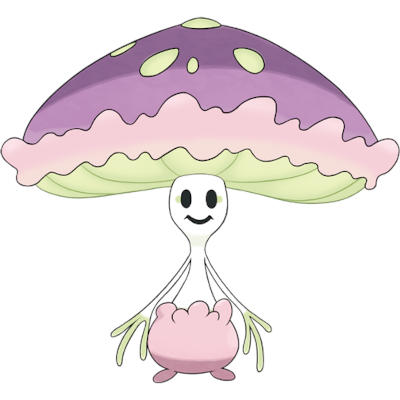
The Pokémon Company
Another instance where being unfamiliar with the root word could cause someone to mispronounce the Pokémon’s name. The double “i” might convince someone that “Shiinotic” is pronounced “SHY-not-ick,” but its name is actually derived from the shiitake mushroom, which is pronounced “SHE-tock-ay.” Therefore, the name is pronounced “SHE-not-ick,” as confirmed in the Pokémon Sun & Moon episode “Lulled to La-La Land.”
Nihilego
The Pokémon Company
Nihilego actually made several appearances in the anime before it was given a name in the episode “The Professor’s New Adventure.” Prior to that, it was called UB-01. Nihilego is pronounced “NYE-uhl-EE-go,” a portmanteau of “nihilism” and “ego.” Trainers unfamiliar with the term “nihilism,” from which the name originated, may be incorrectly inclined to pronounce the “h.”
Regieleki
The Pokémon Company
As of Generation VIII, Regice is no longer the most confusingly named golem Pokémon. Regieleki is the new title holder. It was possible the namers intended for the “ie” to be a single syllable like in the name “Reggie.” However, Regieleki is pronounced “redge-EE-ee-LECK-ee,” as confirmed by the Pokémon Ultimate Journeys episode from the anime “Chasing to the Finish.”
The Pokémon Pronunciation Guide
We’re hoping this guide will help you with the pronunciation of Pokémon names. If you have any questions or comments, or would like to suggest another Pokémon species for us to add to the list, add a comment below!
|
Pokémon name |
Pokémon pronunciation |
Pokédex number |
Generation |
|
How to pronounce Pidgeot |
pid-JEE-ot |
0018 |
I |
|
How to pronounce Rattata |
RAT-tuh-TAH OR ruh-TAT-tuh |
0019 |
I |
|
How to pronounce Mankey |
MAN-kee |
0056 |
I |
|
How to pronounce Arcanine |
AR-cuh-NINE |
0059 |
I |
|
How to pronounce Victreebel |
VIC-tree-BELL |
0071 |
I |
|
How to pronounce Farfetch’d |
FAR-fetched |
0083 |
I |
|
How to pronounce Gyarados |
GARE-uh-dose |
0130 |
I |
|
How to pronounce Lapras |
LAP-riss |
0131 |
I |
|
How to pronounce Chinchou |
CHIN-chow |
0170 |
II |
|
How to pronounce Sudowoodo |
SOO-doh-WOO-doh |
0185 |
II |
|
How to pronounce Wobbuffet |
WOB-buf-fet |
0202 |
II |
|
How to pronounce Houndour |
hown-DOWR |
0228 |
II |
|
How to pronounce Raikou |
RY-ko |
0243 |
II |
|
How to pronounce Lugia |
LOOG-ee-uh |
0249 |
II |
|
How to pronounce Illumise |
ILL-oo-MEE-say |
0314 |
III |
|
How to pronounce Numel |
NUM-mle |
0322 |
III |
|
How to pronounce Regice |
RED-jee-ICE |
0378 |
III |
|
How to pronounce Grotle |
GROT-tull |
0388 |
IV |
|
How to pronounce Roserade |
ROZE-raid |
0407 |
IV |
|
How to pronounce Wormadam |
WORM-uh-DAM |
0413 |
IV |
|
How to pronounce Bonsly |
BON-sly |
0438 |
IV |
|
How to pronounce Gliscor |
GLY-skor |
0472 |
IV |
|
How to pronounce Arceus |
AR-key-us |
0493 |
IV |
|
How to pronounce Alomomola |
AL-low-MOM-oh-lah |
0594 |
V |
|
How to pronounce Beartic |
BARE-tick |
0614 |
V |
|
How to pronounce Mienfoo |
mee-yen-FOO |
0619 |
V |
|
How to pronounce Mienshao |
mee-yen-SHAO |
0620 |
V |
|
How to pronounce Quilladin |
QUILL-a-DIN |
0651 |
VI |
|
How to pronounce Aromatisse |
Ar-OH-mit-TEESE |
0683 |
VI |
|
How to pronounce Shiinotic |
SHE-not-ick |
0756 |
VII |
|
How to pronounce Tsareena |
zar-EE-na |
0763 |
VII |
|
How to pronounce Jangmo-o |
jang-MOH-oh |
0782 |
VII |
|
How to pronounce Hakamo-o |
haw-kaw-MOH-oh |
0783 |
VII |
|
How to pronounce Kommo-o |
kom-MOH-oh |
0784 |
VII |
|
How to pronounce Nihilego |
NYE-uhl-EE-go |
0793 |
VII |
|
How to pronounce Regieleki |
redge-EE-ee-LECK-ee |
0894 |
VIII |
*This Pokémon pronunciation guide was originally published on August 31, 2017, and was updated and expanded from 20 to 36 Pokémon on May 14th, 2025.
Sources:
Satoshi Tajiri, creator. Pokémon the Series. OLM Team Kumemura and The Pokémon Company International, 1997.
Pokémon the Movie 2000. Directed by Kunihiko Yuyama, 1999.
Pokémon: Lucario and the Mystery of Mew. Directed by Kunihiko Yuyama, 2005.
Pokémon: Arceus and the Jewel of Life. Directed by Kunihiko Yuyama, 2009.
See also: Pokémon That Need New Forms


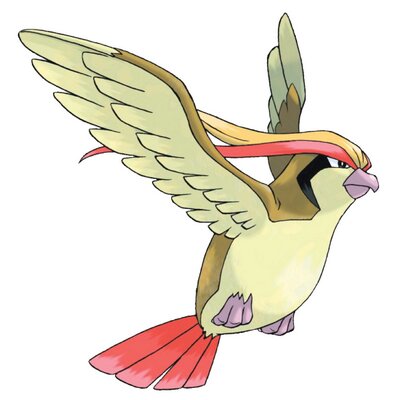
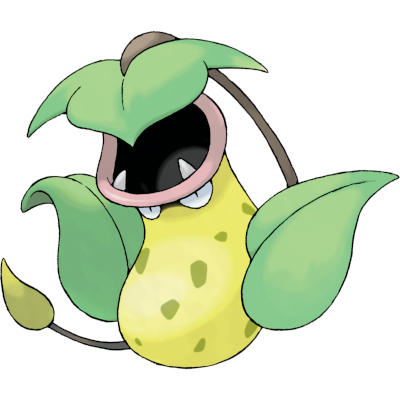



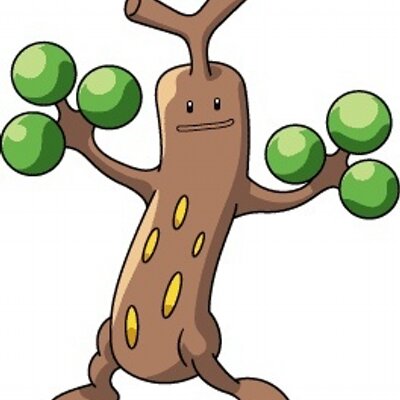
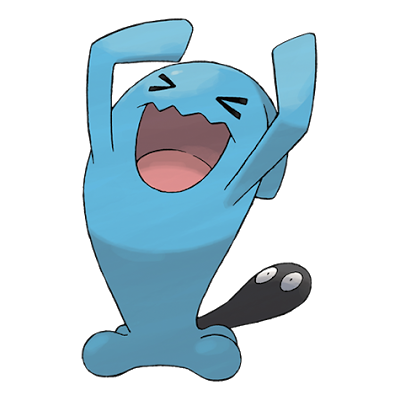
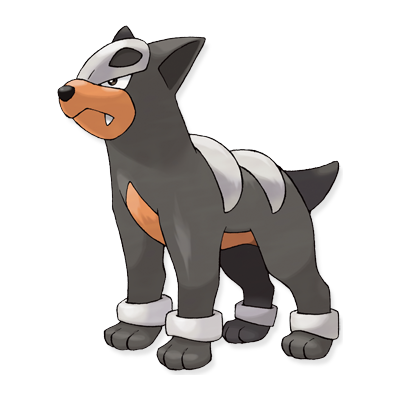
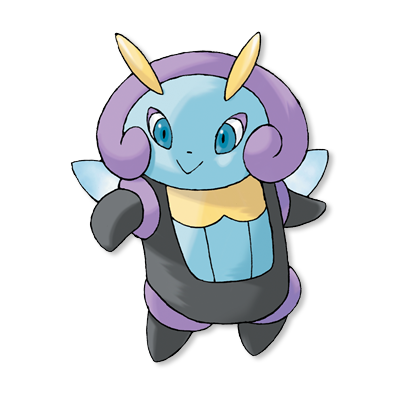
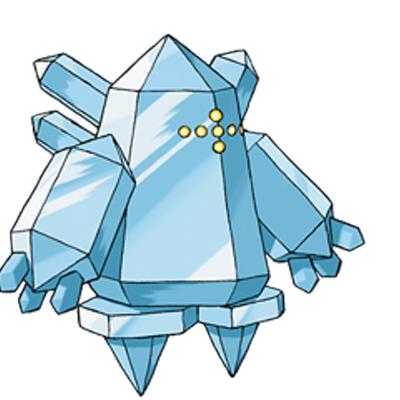
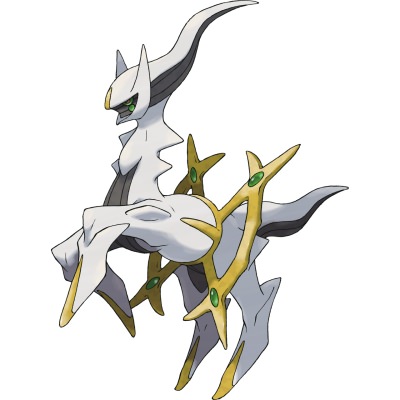
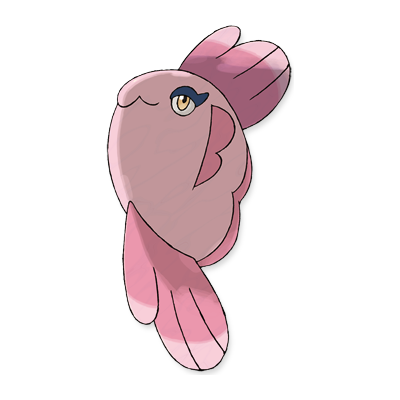
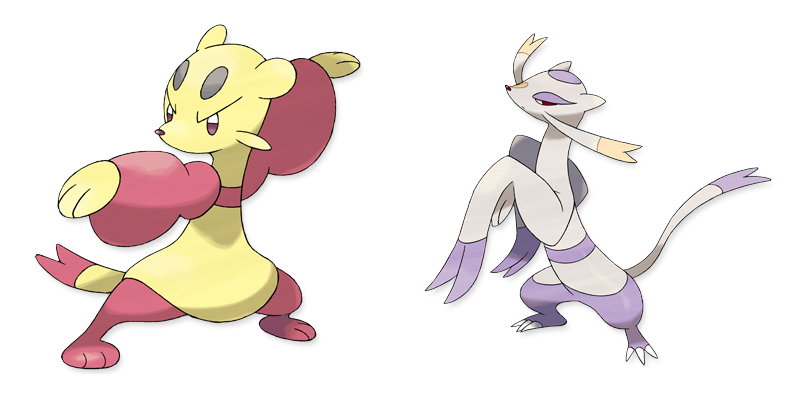
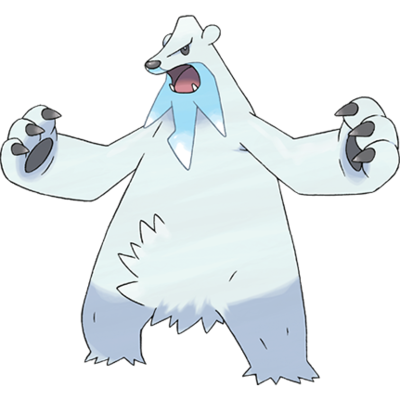
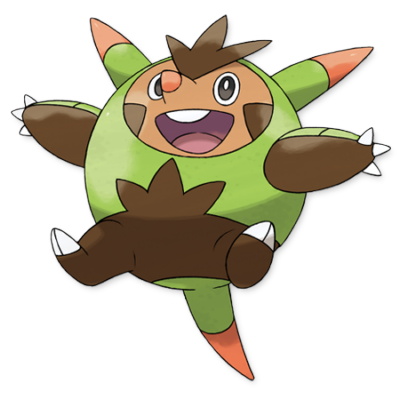
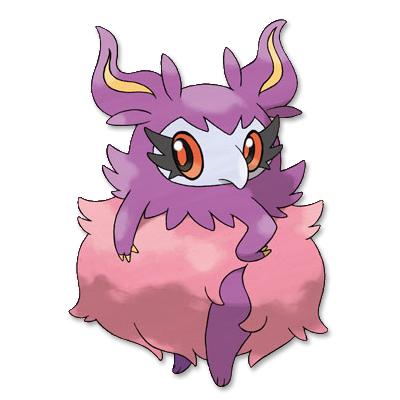
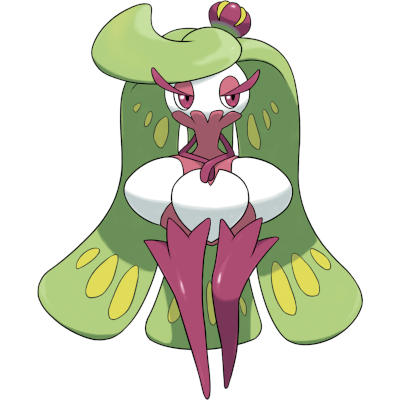
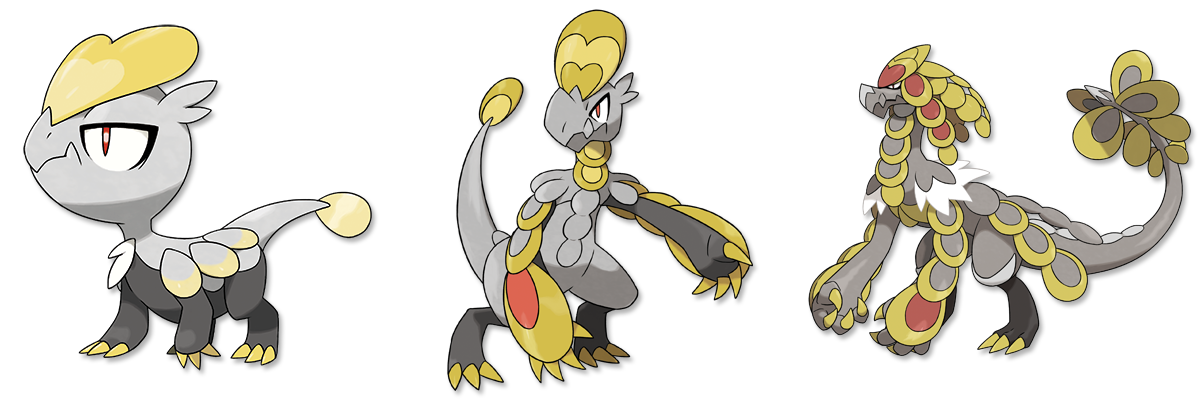
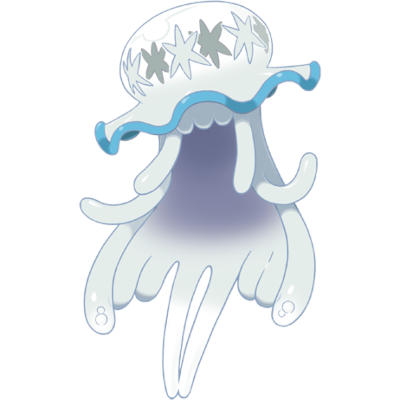
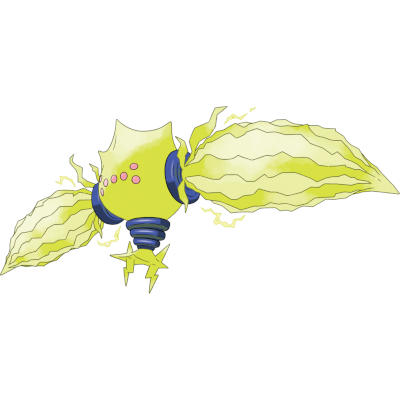
not hardngugugu